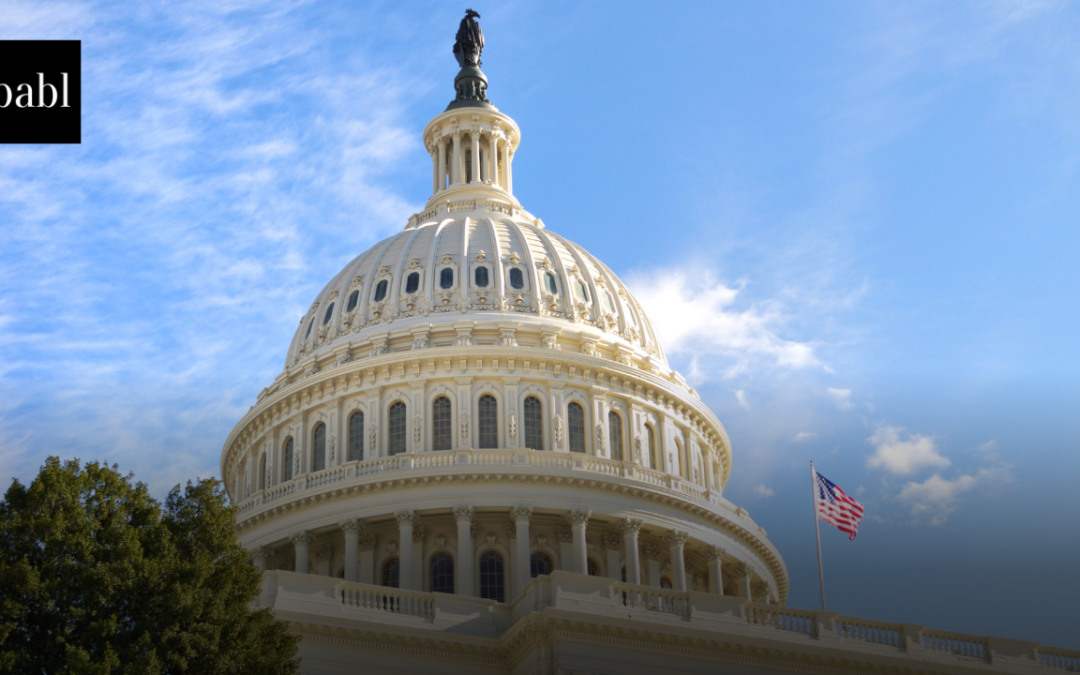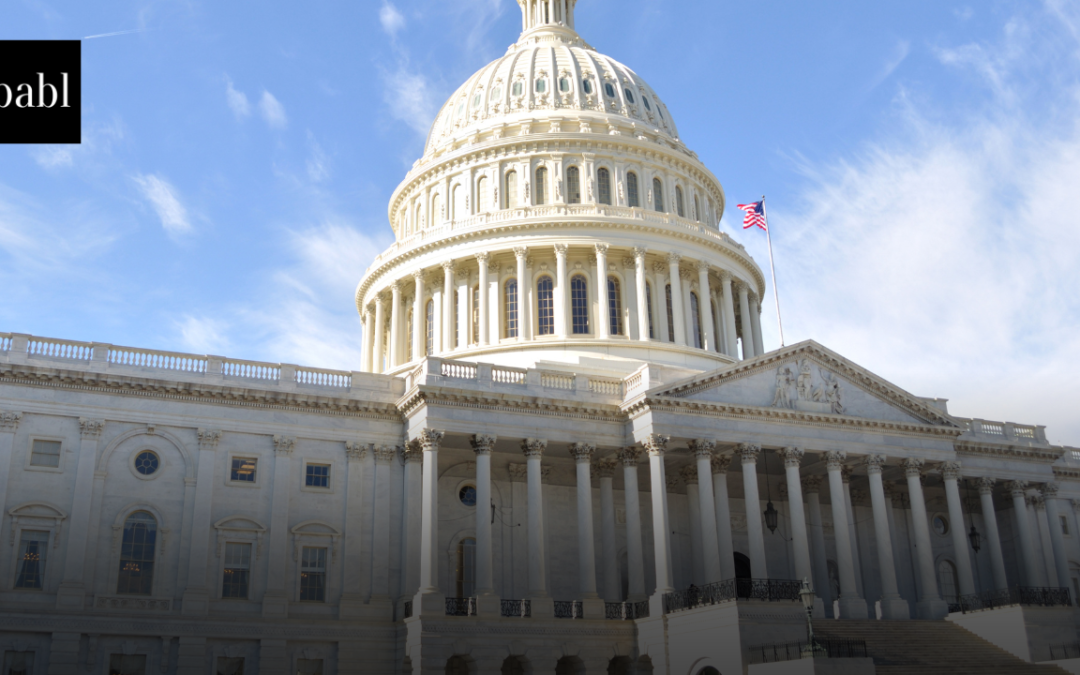
by Jeremy Werner | Jul 24, 2024 | News
The U.S. Department of Education has unveiled a new guide titled “Designing for Education with Artificial Intelligence: An Essential Guide for Developers,” aimed at fostering innovation and ensuring safe and effective use of AI in educational settings....

by Jeremy Werner | Jul 23, 2024 | News
In a significant move to bolster the United States’ leadership in artificial intelligence (AI), Senators Joe Manchin of West Virginia and Lisa Murkowski of Alaska have introduced the bipartisan Department of Energy AI Act. This legislation aims to harness the...

by Jeremy Werner | Jul 20, 2024 | News
The Utah Department of Commerce has officially launched the Utah Office of Artificial Intelligence Policy (OAIP), marking a significant milestone in the state’s efforts to shape responsible AI policies. This initiative underscores Utah’s commitment to...

by Jeremy Werner | Jul 18, 2024 | News
NATO has unveiled a revised Artificial Intelligence (AI) Strategy aimed at harnessing the transformative potential of AI technologies while addressing associated risks and ensuring responsible usage within the Alliance. This updated strategy builds on NATO’s 2021 AI...

by Jeremy Werner | Jul 18, 2024 | News
In a strategic move to address the burgeoning challenges posed by rapid advancements in artificial intelligence (AI), the MITRE Corporation has released a comprehensive guide for the incoming U.S. administration. Titled “Assuring AI Security and Safety Through...

by Jeremy Werner | Jul 17, 2024 | News
In a significant move to address the escalating issue of AI-generated deepfakes and unauthorized content manipulation, U.S. Senator Maria Cantwell of Washington, chair of the Senate Committee on Commerce, Science, and Transportation, introduced the Content Origin...







